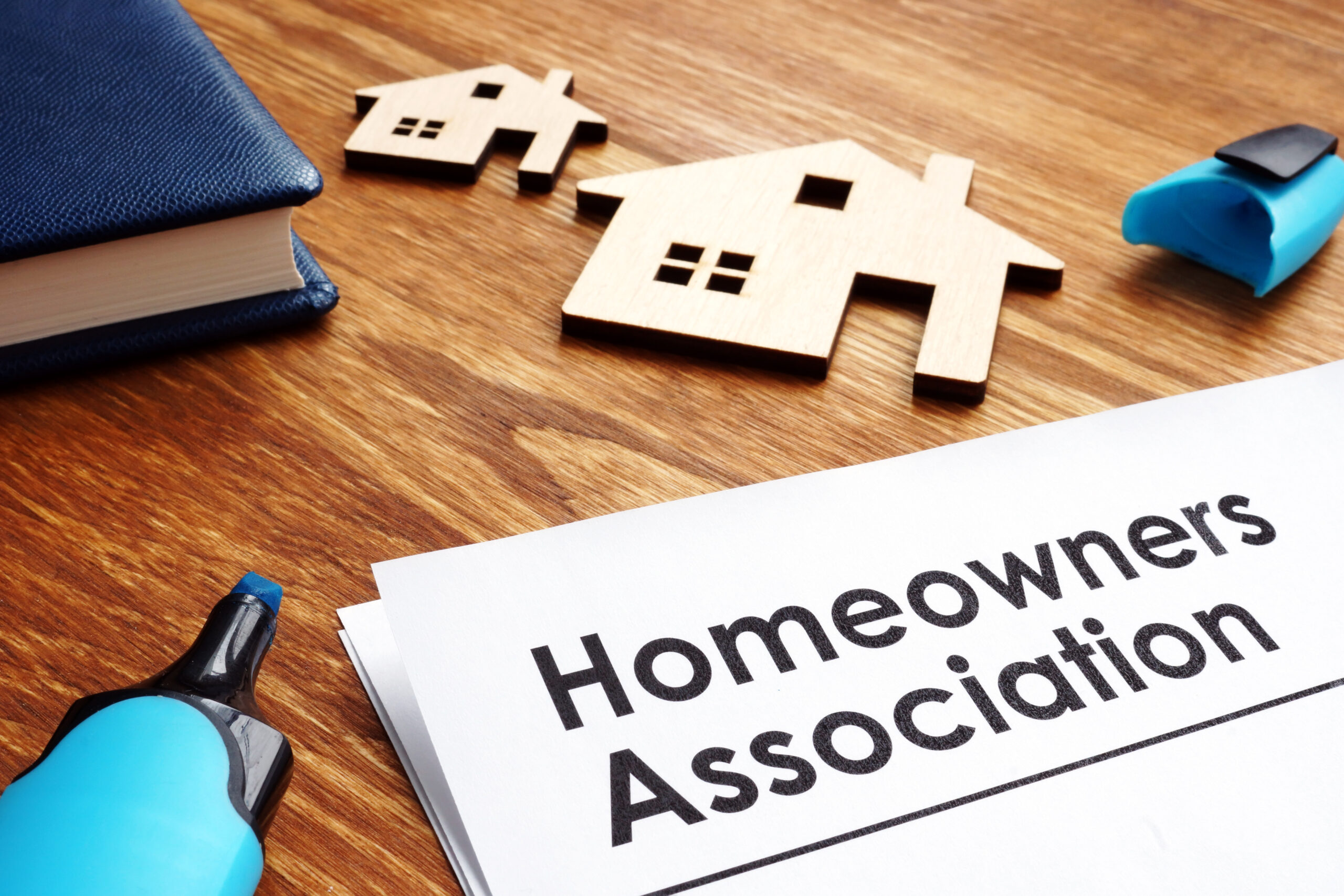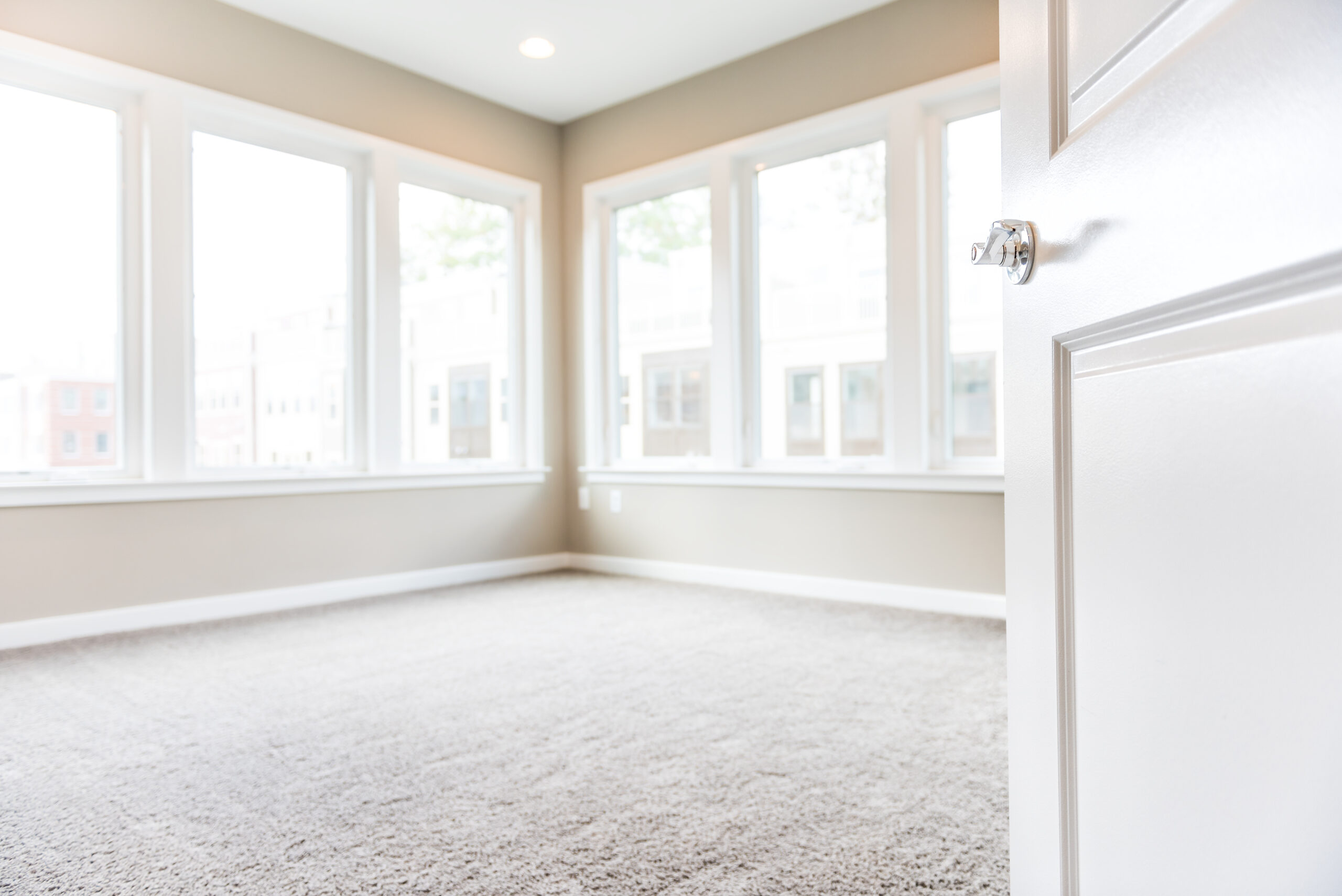San Francisco has adopted a significant ordinance implementing Assembly Bill 1033 (Ting, 2023) that opens the door to a new form of homeownership: allowing certain accessory dwelling units (ADUs) and their associated primary residences to be sold separately as condominiums.
Unanimously approved by the Board of Supervisors on July 8, 2025, the ordinance (File No. 241069) amends the Planning and Subdivision Codes to allow subdivision and separate conveyance of eligible ADUs—primarily new or detached units on small lots—marking a major shift in local land use policy. The ordinance is now pending the Mayor’s signature.
Expanding Housing Access Through ADU Ownership
ADUs have been promoted as a way to introduce low-impact housing into established neighborhoods, but restrictions on resale and rental use have limited their appeal. To address this, the State Legislature enacted AB 1033, effective January 1, 2024, allowing cities to authorize the sale of ADUs and primary dwellings as separate condominiums. San Francisco is among the first cities in the state to implement this authority.
Summary of the Ordinance
The ordinance:
- Adds Planning Code Section 207.4, establishing the process by which certain ADUs may be sold separately from their primary residences as condominiums;
- Amends Planning Code Sections 207.1 and 207.2 to clarify the circumstances under which ADUs may be subdivided and established as condominiums;
- Adds Subdivision Code Sections 1316 and 1396.8, aligning subdivision procedures and providing an exemption from the condo conversion lottery.
Planning Code Section 207.4 – Authorizing Separate Sale for Certain ADUs
New Planning Code Section 207.4 permits the separate sale or conveyance of certain ADUs and their associated primary residences, under certain conditions. The ADU must have been approved under the state ministerial program in Planning Code Section 207.2 or former Section 207(c)(6). Although Section 207.4 does not detail subdivision procedures, it requires compliance with the Subdivision Code. In practice, this means separate sales must meet the criteria in Subdivision Code Section 1316.
Eligibility Under Planning Code Section 207.1 (SF Local Program)
ADUs developed under the City’s local, discretionary program in Section 207.1 are generally not eligible for separate sale under Section 207.4. A narrow exception is for an ADU located in a building consisting entirely of condominiums as of July 11, 2013, which has had no qualifying evictions under the SF Rent Ordinance since July 11, 1996.
Eligibility Under Planning Code Section 207.2 (State-Mandated Program)
ADUs approved under the City’s state-mandated, ministerial program (Planning Code Section 207.2 or former Section 207(c)(6)) may qualify for separate sale under Planning Code Section 207.4, provided that the subdivision complies with Subdivision Code Section 1316. Those requirements are summarized below.
Subdivision Code Section 1316 – Procedural and Eligibility Requirements
Subdivision Code Section 1316 establishes the substantive and procedural requirements for subdividing an ADU and its associated primary residence for separate sale as condominiums. To qualify, the project must satisfy the following:
- An application to construct the ADU must have been submitted on or after May 1, 2025;
- The lot proposed for subdivision must contain four or fewer existing dwelling units;
- The ADU must either be (A) a newly constructed, detached unit on a lot with an existing single-family home or existing condominiums, and (i) approved under the City’s state-mandated, ministerial approval programs in Planning Code Section 2 or former subsection 207(c)(6), and (ii) not created by converting space within any existing structure; or (B) an attached or detached unit that is part of a new single-family home or new condominium project, and is a new construction approved under the City’s state-mandated, ministerial approval programs in Planning Code Section 207.2 or former subsection 207(c)(6).
- Junior ADUs (JADUs) are not eligible;
- All structures must comply with applicable Planning and Building Code standards;
- Additional Requirements: The project must also comply with:
- The Davis-Stirling Common Interest Development Act;
- The California Subdivision Map Act;
- San Francisco’s general subdivision and condo mapping procedures and standards;
- A safety inspection of the ADU must be conducted as evidenced through a certificate of occupancy or HUD-compliant inspection and report;
- Lienholder (i.e., lender) consent (signed and recordable);
- HOA approval (if applicable); and
- Notices to utility providers and disclosures regarding financing implications.
Subdivision Code Section 1396.8 – Exemption from Condo Conversion Lottery
Subdivision Code Section 1396.8 exempts qualifying ADU/primary unit projects from San Francisco’s long-standing condominium conversion lottery. This exemption applies only if the project meets all the criteria of Section 1316 and is not subject to disqualifying evictions under Subdivision Code Section 1396.2.
Conclusion
Planning Code Section 207.4 and Subdivision Code Section 1316 together create a new legal framework for subdividing and selling certain ADUs as condominiums. While the ordinance opens real opportunities for new forms of homeownership, its eligibility limits are strict and require careful legal and title review.
We are available to assist with:
- Project structuring and subdivision applications;
- CC&R and condominium plan drafting;
- Davis-Stirling and Subdivision Map Act compliance;
- Title and lienholder consent issues.
Please contact us to discuss how this ordinance may apply to your property or development.
Authored by Reuben, Junius & Rose, LLP Partner, Jay Drake.
The issues discussed in this update are not intended to be legal advice and no attorney-client relationship is established with the recipient. Readers should consult with legal counsel before relying on any of the information contained herein. Reuben, Junius & Rose, LLP is a full service real estate law firm. We specialize in land use, development and entitlement law. We also provide a wide range of transactional services, including leasing, acquisitions and sales, formation of limited liability companies and other entities, lending/workout assistance, subdivision and condominium work.











